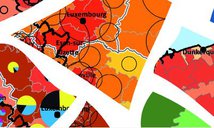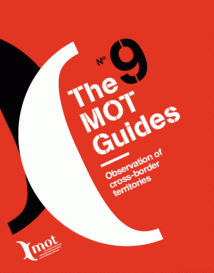Observation
Overview
Introduction
The observation of cross-border territories is based on the need to get to know and to understand the functioning of these atypical regions, which are situated on the periphery of national systems and within which the presence of a border gives rise to divergences of all kinds: in regulations and laws, economic and employment dynamics, cultures1, etc.
Cross-border territories, which are all different depending on the characteristics of the border along which they are located, are the subject of all kinds of mental projections. Having long suffered from a lack of attention from central government, they are increasingly at the heart of development dynamics, both at national and European levels. Thus, it is in enabling effective territorial development policies to be implemented that the observation of these regions takes on its full significance. Indeed, public policy can no longer be based on preconceptions. It needs tangible elements that need to be constituted by means of processes of observation.
Long regarded as being on the margins, as defensive ramparts or cul-de-sacs, cross-border territories were observed using maps that “stopped” at the border, as if “the other side” did not exist, like the outer edges of the Earth on medieval maps.
- The cross-border territory brings two different cultures into contact or sometimes constitutes a common cultural space through which the border runs.




